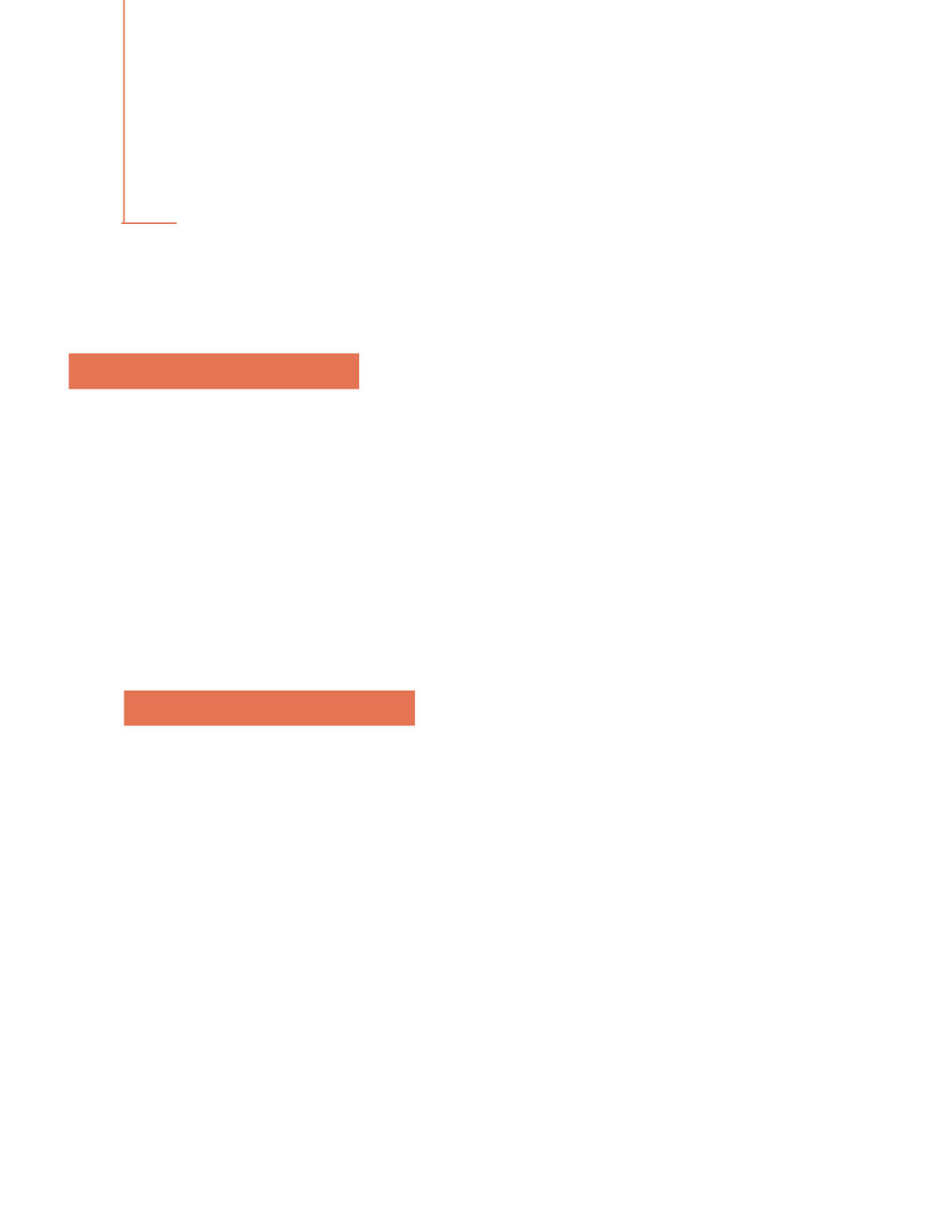
163
Laser photocoagulation
15
Currently, three types of therapy are approved for the
treatment of exudative age-related macular degeneration
(AMD): laser photocoagulation, photodynamic therapy
with Verteporfin and intravitreal injections of antian-
giogenic agents (Ranibizumab and Pegaptanib). Other
treatments revealed to be ineffective or even more aggres-
sive than natural disease progression. Examples of these
later are radiotherapy, surgical removal of the subfoveal
membranes, alpha 2 Interferon, transpupillary thermal
therapy and anecortave acetate injections.
2. Laser photocoagulation
2.1 Laser photocoagulation in exudative AMD
The Macular Photocoagulation Study Group (MPS,
1982-1997)
(1-16)
has performed several randomized, dou-
ble-blind, placebo-controlled studies in patients with
exudative AMD. These studies showed that laser photo-
coagulation might be effective in reducing loss of vision
in cases of well defined exudative AMD lesions. The
importance of well-defined limits resulted from the abso-
lute need to treat the entire lesion in order to maximally
reduce recurrence and persistence rates, generally associ-
ated to greater loss of vision. For extrafoveal and jux-
tafoveal lesions, results were evaluated for well-defined
lesions before any differentiation based on angiographic
patterns (occult or classic) was made. In the subfoveal
lesion study, results were evaluated for well-defined
lesions with a classic component.
In addition to defining which cases to treat and the ben-
efits expected from laser photocoagulation, the MPS
defined the angiographic characteristics of neovascular
lesions and guidelines for treating each type of mem-
brane (extra, juxta or subfoveal), including preparation
for treatment, treatment techniques, the wavelength to
be selected, post-treatment care, special circumstances
and expected complications.
Other studies of extra, juxta and subfoveal lesions with
less impact on everyday clinical practice were performed
by various authors using the same treatment technique
studied by the MPS (for extra and juxtafoveal lesions) or
macular grid photocoagulation (subfoveal lesions)
(17,18,9)
.
2.2 Macular Photocoagulation Study Group (MPSG):
extrafoveal lesions.
The first study was performed by the MPSG in patients
with well-defined extrafoveal neovascular lesions (located
200 to 2500 µm from the foveal centre), with drusen,
age ≥ 50 years and VA ≥ 20/100. No differentiation
was made between classic and occult membranes in this
study. Choroidal neovascularization was angiographi-
cally defined as the presence of leakage in the external
retina. Patients were enrolled in the study between 1979
and 1982 and treated with blue-green Argon laser. The
first results were published in the latter year (MPS,
1982)
(1,2)
. The MPS concluded that laser photocoagula-
tion with blue-green or green Argon laser of sufficient
intensity to produce nearly white lesions in the retina
and cover the entire neovascular lesion, as well as adjoin-
ing blood, reduces the risk of additional and severe loss
of vision, when compared to natural progression of the
disease. The benefits of laser were greater during the
first year following treatment, having persisted after 5
years
(5)
. The probability of stabilizing or increasing VA
doubled for treated eyes; a 58% reduction in the risk of
severe loss of vision (6 lines in the ETDRS scale) was also
observed. After 5 years, 48% of treated eyes and 62% of
non-treated eyes had lost ≥ 6 lines. These results show
reduced efficacy when evaluated in terms of the number
needed to treat
(20)
. It was necessary to treat 7 patients
1. Introduction
Author:
Rufino Silva, MD, PhD
Coimbra University Hospital - Coimbra, Portugal


